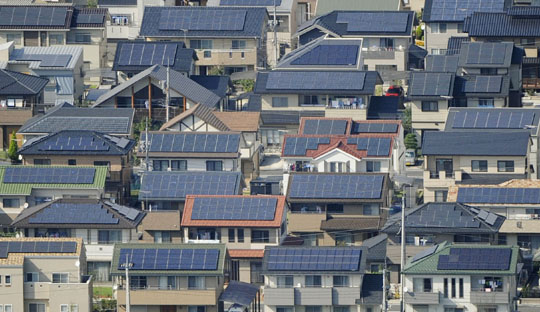Abstract
This study presents the first meta-analysis on the economic value of ecosystem services delivered by lakes. A worldwide data set of 699 observations drawn from 133 studies combines information reported in primary studies with geospatial data. The meta-analysis explores antagonisms and synergies between ecosystem services. This is the first meta-analysis to incorporate simultaneously external geospatial data and ecosystem service interactions. We first show that it is possible to reliably predict the value of ecosystem services provided by lakes based on their physical and geographic characteristics. Second, we demonstrate that interactions between ecosystem services appear to be significant for explaining lake ecosystem service values. Third, we provide an estimation of the average value of ecosystem services provided by lakes: between 106 and 140 USD$2010 per respondent per year for non-hedonic price studies and between 169 and 403 USD$2010 per property per year for hedonic price studies.
...
Considering the full sample, we find a mean value for lake ecosystem services equal to 315.1 USD$2010 per year (per respondent for NHP studies and per property for HP studies). The median value is 77.6 USD$2010 per year, showing that the distribution of values is skewed with a long tail of high values. On average, the values we find for ecosystem services provided by lakes are higher than the ones reported by Brouwer et al. (1999) for wetlands, 134 USD$2010 per respondent and per year.
...
Fig. 4 presents mean annual lake values per country (in USD$2010 per property per year for studies using an HP approach and in USD$2010 per respondent per year for studies using a NHP valuation method). When considering HP studies, United States rank first with a mean annual value of lakes per property equal to 442.5 USD$2010. The following countries in terms of mean value are New-Zealand, Ireland, Finland, and Canada with 392.2, 310.9, 265.9 and 166.1 USD$2010, respectively. When considering studies using another type of valuation method, Switzerland ranks first with a mean annual value of lakes per respondent equal to 765 USD$2010. The following countries are France, United States and Chile with respectively 644.7, 491.4 and 465 USD$2010 for the mean annual value of lakes per respondent. For countries where lake values are available both with an HP approach and with another valuation approach (i.e. Canada, China, England, Finland, Netherlands, New-Zealand and United States), we observe some significant differences across lake values depending upon the method of valuation. This indicates that the valuation method used in the primary study might have an impact on the estimated value.

In Fig. 5, we have split the annual value of a lake according to the presence or not of a specific ecosystem service (and still according to the valuation method used in the primary study).
... For NHP studies, the results obtained for different specifications of the basic meta-regression model described in Eq. (1) are presented below:
Six ecosystem services (among the nine specified) appear to be significant namely fishing, swimming, sightseeing, unpecified recreational, maintenance of populations and habitats and spiritual or symbolic appreciation. A particularly high value is found for the spiritual or symbolic appreciation service (+3.6 USD$2010 per year) whereas a low value is documented for the swimming service (+2.1 USD$2010 per year).
...
The different models presented in Tables 2 and 3 allow also to provide some estimates of the average lake value, see Table 4. When considering NHP studies and focusing on models ML3, ML4 and ML5, the average predicted values of a lake in our sample are 106, 120 and 140 USD$2010 per respondent per year. We get higher values when considering HP studies, respectively 169, 193 and 403 USD$2010 per property per year. This suggests that the ecosystem services capitalized in property prices are not equivalent to those valued using NHP approaches. Whatever the type of valuation method considered, our results demonstrate that lakes provide substantial monetary benefits to people....













